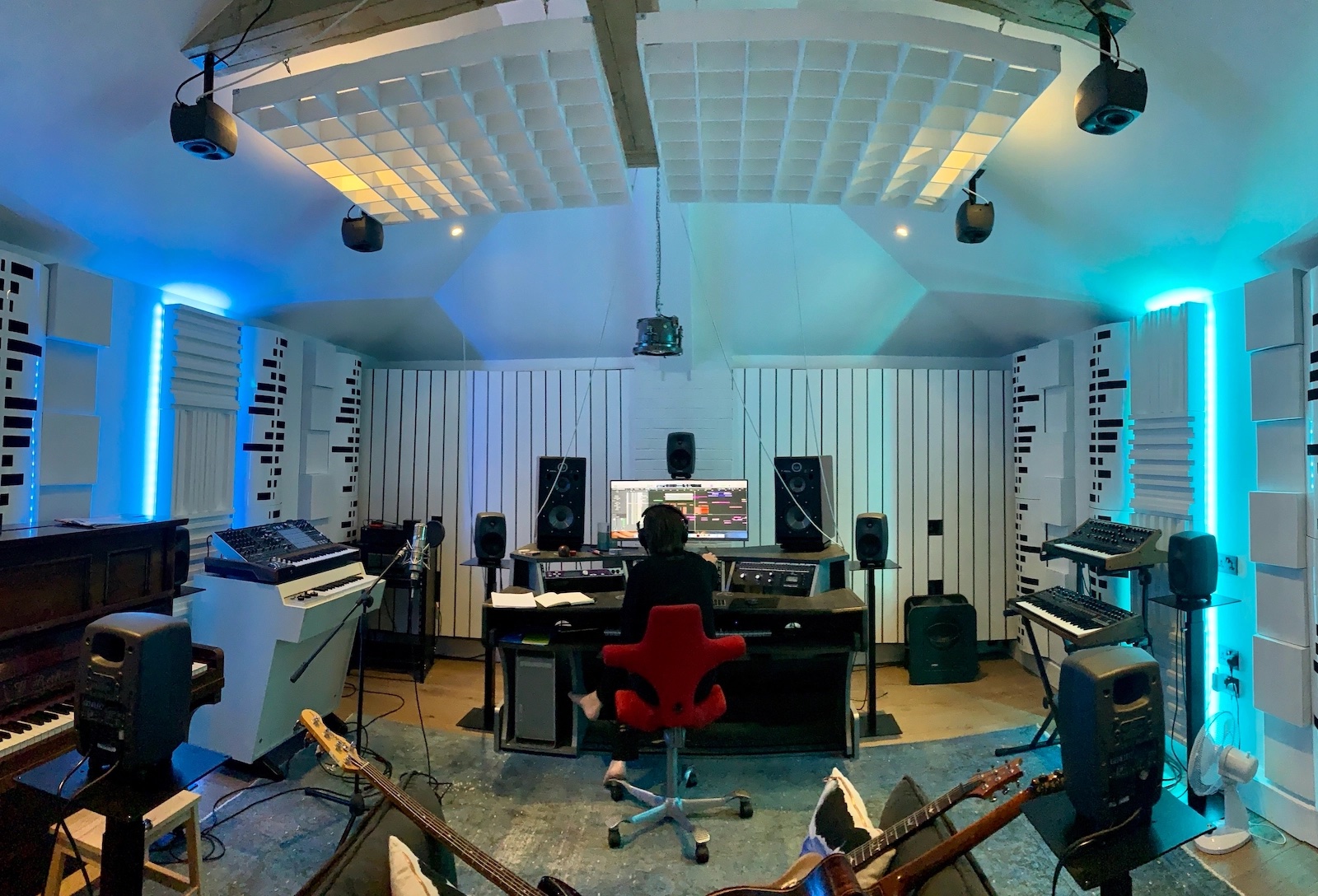In the world of immersive audio, Steven Wilson needs no introduction. Having remixed dozens of classic albums by the likes of Tears For Fears, Jethro Tull, Yes, XTC, Ultravox, and others in 5.1 surround and now Dolby Atmos, Wilson is a household name among audiophiles.
He’s also a prolific artist in his own right, having made seven albums as a solo artist and dozens of others as a member of the bands Porcupine Tree, No-Man, Blackfield, and Storm Corrosion. Wilson’s most recent solo album, The Future Bites (2021), achieved a #4 position on the U.K. album chart.
We had the chance to interview Steven about a number of topics including Porcupine Tree’s first new studio album in over a decade, Closure/Continuation (2022), and the upcoming tour to support it, his next solo record, as well as his work with surround sound.
I noticed that Closure/Continuation made it to the #2 spot on the U.K. album chart this past week, congratulations!
Thank you!
You’ve mentioned that the basis for many of the songs on Closure/Continuation came from these informal jam sessions between yourself on bass and Gavin Harrison on drums over this past decade. How much of what we hear on the final album is from years earlier versus recently?
Well it's very hard to be very specific, because some of it I’ve forgotten myself. For example, there is a whole section at the beginning of a track called “Chimera’s Wreck” that was essentially improvised in free time. So we kind of had to keep it, because we couldn't replicate it.
That’s one of the things about modern recording, a lot of it is done to a click track so you can easily replace things later on. However, if you play something in free time as Gavin and I were, where you’ll speed up and slow down in an organic way, it’s impossible to go back and replace the drums or bass while maintaining the same feel. By necessity we kept that initial jam, despite the sonic shortcomings. Those things are obviously much less important than the magic, character, and personality of the performance.
Another interesting anecdote is that there’s a vocal line in “Harridan” where I sing eight or nine words. I won’t tell you which one it is because I don’t want fans honing in on it, but I think the first four words are from 2012 and the remaining five were recorded ten years later. It’s one of those things that you’d never notice unless you were looking for it. That kind of stuff blows my mind though, because my life has completely changed in those ten years between the two halves of the line. The world has completely changed, which is crazy to me. So yeah, there are a lot of things in there that come from all the different periods of recording, but a lot of it is lost in the mists of time now. Which is probably the way it should be.
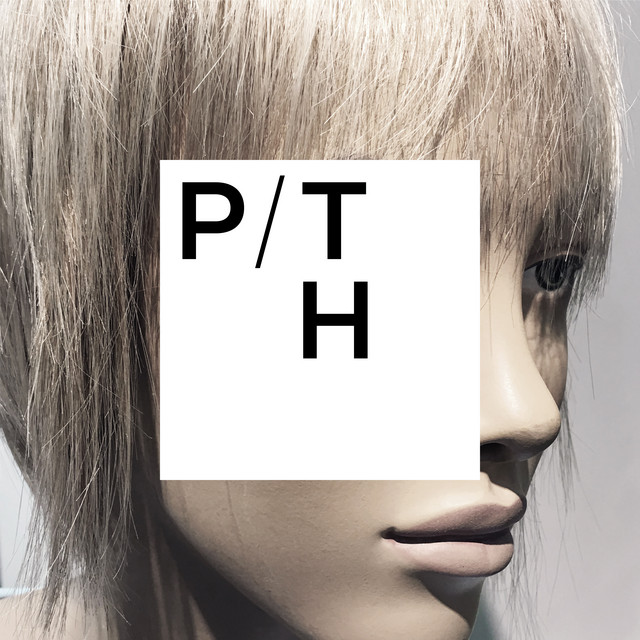
On the deluxe edition, there are seven tracks for the album proper and three bonus tracks. During this decade-long period of recording, were there additional song ideas or even complete songs considered for the album?
There were nine songs that were always provisionally under consideration for the album. Then at the last minute, I think we felt like we wanted to make a more concise, experimentally-creative record.
We took off “Never Have,” which is probably one of the more-straightforward song-based tracks, and the instrumental “Population Three” which seemed a bit less substantial than the rest of the record. So we arrived at this very intense seven-track purely creative record.
We knew that we had to find some more material for the deluxe edition, so we went back and finished another old song called “Love In The Past Tense.” It was never in the running for the album.
To answer your question, there are lots and lots of other half-finished jam ideas. I think that’s inevitably the case with any album project. There are things that don’t gel, or don’t work out the way you’d like them to. Eventually, you just hit a wall, and they end up being dropped. There are countless things from these past ten years that fall into that category.

For The Future Bites, I remember you mentioned recording something like 30 songs and then choosing a top ten for the record.
It’s not really the top ten, it’s the ten that you feel make the most satisfying musical journey. I think it would be a mistake to say that the ten songs I chose for The Future Bites were the best. There were other songs I recorded at that time that were really good, but they felt like they could have been on a previous record.
You probably know enough about me to know that’s not what I’m about, I’m always trying to push forward and try different things. Sometimes the fans will say something like, “Wow, that track is amazing! It could have been on Hand Cannot Erase.” I’d say that you’ve kind of answered your own question in a way, because it feels like something I’ve done before. Sometimes fans tend to want more of what they already love, but from the artist’s perspective it’s more about whether there’s some kind of evolution or progression in your sound.
That was certainly true of The Future Bites. There were a lot of songs that I was very pleased with, but they sounded almost like a throwback to one of the previous records.
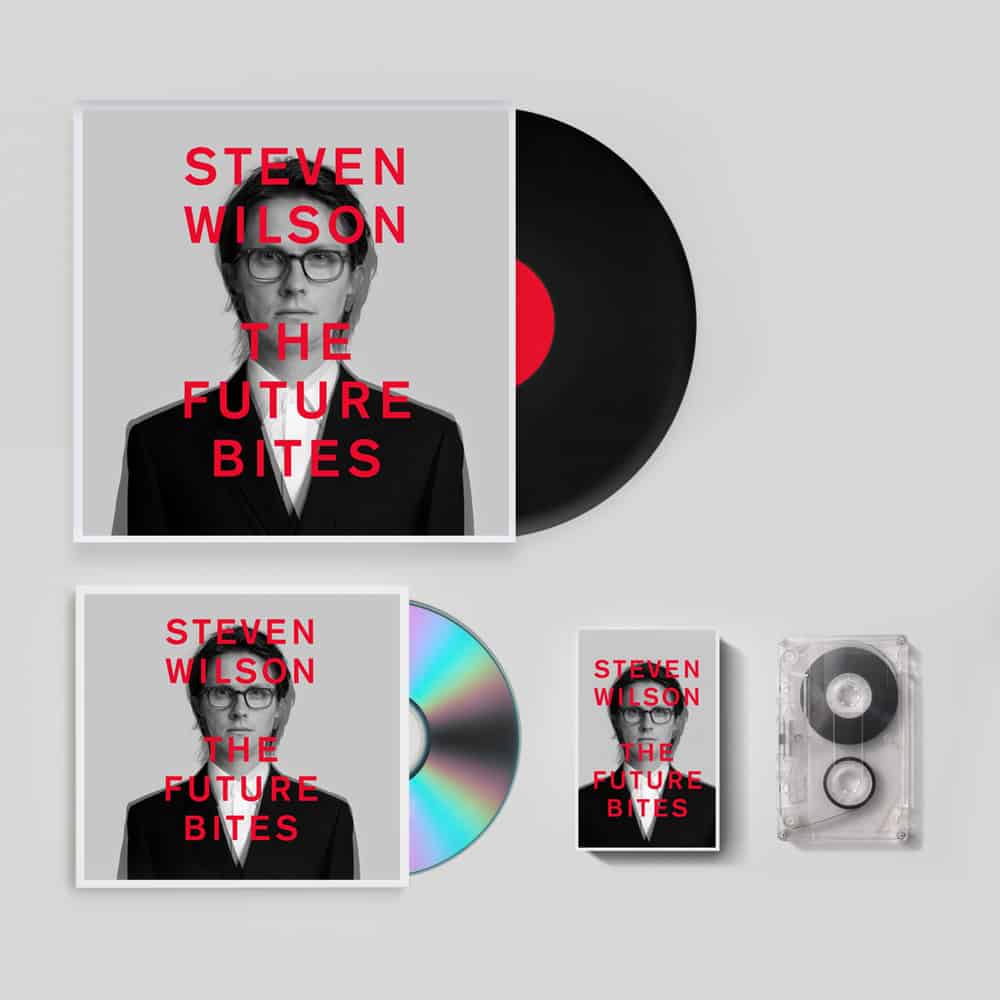
For the upcoming Porcupine Tree tour, have you considered filming one of the shows for a live Blu-Ray?
We are looking into it. With the anticipation building around what will probably be the last time we ever tour, I think it would be foolish to not document that in some way.
I'm always slightly ambivalent about the idea of the filmed show, because it’s kind of a compromised version of the magical experience of being in the room on that night. Sometimes those things are best left to memory.
At the same time, we have to acknowledge that Porcupine Tree do, very flatteringly, have an international following. We’re only doing one show in London, so there might be people in Scotland or the north of England that won’t be able to make that show. The simple answer to your question is yes.
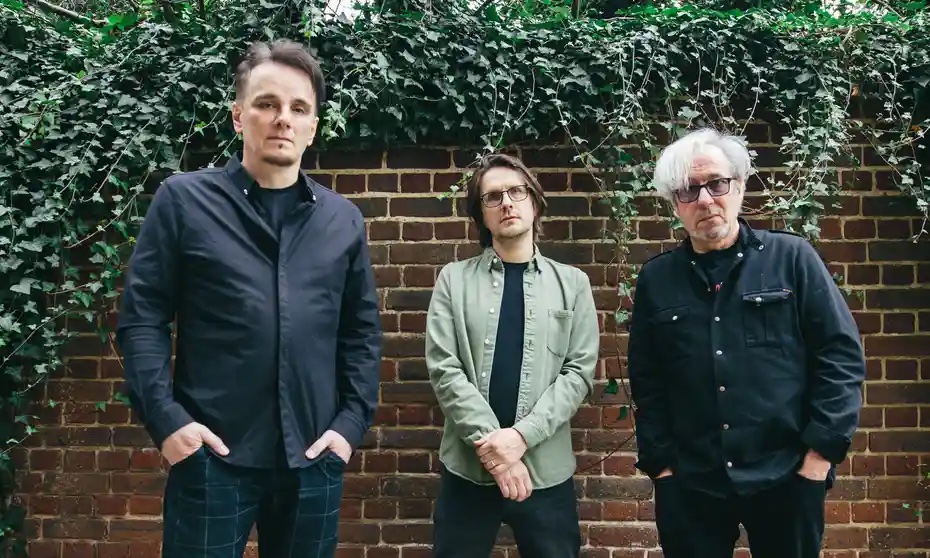
You’ve said that your next solo album, The Harmony Codex (2023), is based on the short story of the same name found at the end of your autobiography, A Limited Edition Of One. I did get the chance to read the story and was struck by the surrealist dystopian imagery, such as an endless staircase leading into the clouds. It almost felt like something out of Blade Runner.
Yeah, it’s definitely science fiction on the side of dystopia. I’ve always felt the best science fiction stories are not about outer space at all. It’s about inner space, or the human condition. As you know, Blade Runner is based off of a Phillip K. Dick novel and he was one of the best at using science fiction to talk about the human condition and deal with things like depression, regrets or loss. In many ways, that's always been my favorite kind of art medium.
The Harmony Codex is definitely in that tradition. It’s interesting because as soon as I wrote it, I kind of imagined it as a movie or short film. I would love to see it realized in some kind of visual media one day, maybe as a short film or animation.
In the meantime, it seemed like a very obvious thing to base a more-conceptual record on. Having done The Future Bites and To The Bone, I felt like I’d kind of gone down the pop rabbit hole as far as I wanted to. With this project, I’m moving back towards something a little bit more experimental while keeping the musical vocabulary of The Future Bites. It cohered really beautifully in terms of the story, the style, and the kind of lyrical content.
How do the short story and music complement each other? Are you going to reference the characters from the story in the songs? Is the short story required to understand the album?
No, it's a little bit more oblique than that. I'd say that the songs are inspired by aspects of the story. For example, there's a track on the album called “The Staircase” that isn’t necessarily about the characters, but it takes the staircase as a metaphor in its own right. “The Staircase” is a pretty generic title though, I may have to change that eventually. [laughs]
To answer your question more directly, I don’t think you’ll need to be familiar with the story to connect with the lyrical content.

You’ve become quite prolific for your work with surround sound, having mixed much of your own as well as other artists’ back catalogs in 5.1 and now Dolby Atmos. Can you take us through the process of remixing a classic album in surround sound?
Yeah, of course. If it’s a record that already exists and people love it, which is probably true of about 80% of my remix work, then my approach is to be incredibly faithful to the original mix decisions. The obvious caveat is that there wasn’t a surround mix before, only a stereo mix.
My first task is to really try and recreate that stereo mix as closely as possible, almost to the point where you’d hear little difference when comparing them. Except again, another caveat to that is sometimes you can get a little bit more clarity by virtue of working in the digital domain.
With the very high-resolution files and digital plugins available today, you can sometimes improve on the original stereo mix. I say that adversely because some people have a strong attachment to those original mixes from years of listening, despite their sonic shortcomings. There are definitely instances where myself and the artists involved have seized the opportunity to clean things up a bit.
However, all the mix decisions being made now are the ones that were made decades ago: stereo placement, levels, reverbs, equalization, compression, etc. I try to keep to the same decisions, which then become a springboard for going on and doing the surround mixes.

For example, if an acoustic guitar part is on the left-hand side of the stereo spectrum, I’ll place it on the left side in the surround mix. If something were to move from left-to-right, I’ll probably have it move all the way around the room in the surround mix. You can take a lot of cues and hints from the way the original mix was approached, but you can also be creative as there’s usually no precedent for a surround interpretation. When you get into Atmos, you can even move things out into the vertical plane.
It may sound very simple, but that really is my philosophy. Be super faithful in recreating the stereo, and then use that as a template for how you approach the surround. It seems to serve me quite well, as most people in the surround community quite like that approach.
I didn’t really listen to anyone else’s surround mixes when I started. I just did what I thought was the right thing to do. I think there was an issue with many surround mixes being revisionist, adding digital reverbs and changing the relationship between the instruments. As a fan, that isn’t what I want. I’d want it to be simultaneously something very familiar, but presented in a way that is fresh and new.
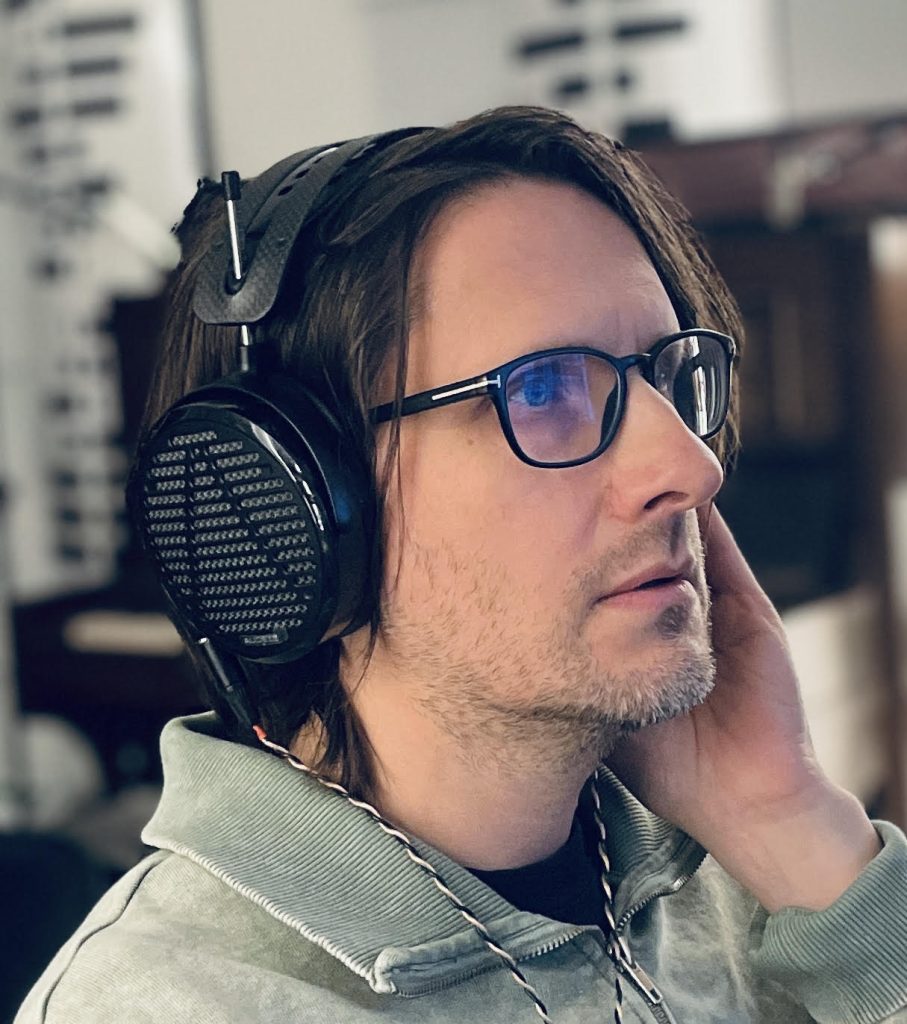
The concept of being faithful to the original production must be easier said than done, as you’ll have to forensically identify the pieces of outboard processing gear used in the original mixing sessions and re-create them in the digital domain.
It's hard work. One question I get asked a lot is – and I’m paraphrasing here –“It must be so amazing to listen to all those multitrack tapes?” Well yes, but the novelty wears off pretty quickly. I’ll hear the squeaky pedal on Keith Moon’s bass drum and have to recreate all these details.
When it comes to this whole philosophy of remixing vintage records, one thing I can’t underestimate the importance of is all the great plugins out there that emulate vintage gear. Universal Audio makes a fantastic high-quality suite of plugins that emulate analog outboard gear, such as the EMT-140 reverb. Nearly every band recording from 1970-75 was using that unit. Once you get into the ‘80s, they’d moved on to the Lexicon 224, which there’s also a great emulation of.

I didn’t grow up with the original outboard gear, so I’m lucky to have access to these incredibly accurate emulations. I’m sure there are purists out there who claim it’s not the same, but we’ve gotten to the point where even the artists struggle to tell the difference.
If there’s one thing I’m good at now, after years of trial-and-error in doing these remixes, is recognizing the sonic signature of certain pieces of gear: the EMT-140, the 1176 compressor, SSL channel strip, etc.
The remix projects you’ve taken on run the gamut from the early King Crimson and Jethro Tull albums recorded on 4 or 8-channel tape in the late-60s all the way to something like Tears For Fears’ The Seeds Of Love from the late-80s, for which a single song may include over 100 unique elements. How does the overall complexity of the production or number of separate tracks on the master affect your approach to spatial positioning? Is it more difficult having too little to work with or too much?
It's definitely the latter. I understand why you’d ask the question, because sometimes it can be counterintuitive, but in this case the obvious answer is that the more tracks there are, the more complex it is.
One of the things that's very interesting about the history of recording is, as you transition through the ‘60s and the ‘70s into the 80s, you start to get albums where not everything was committed to tape.
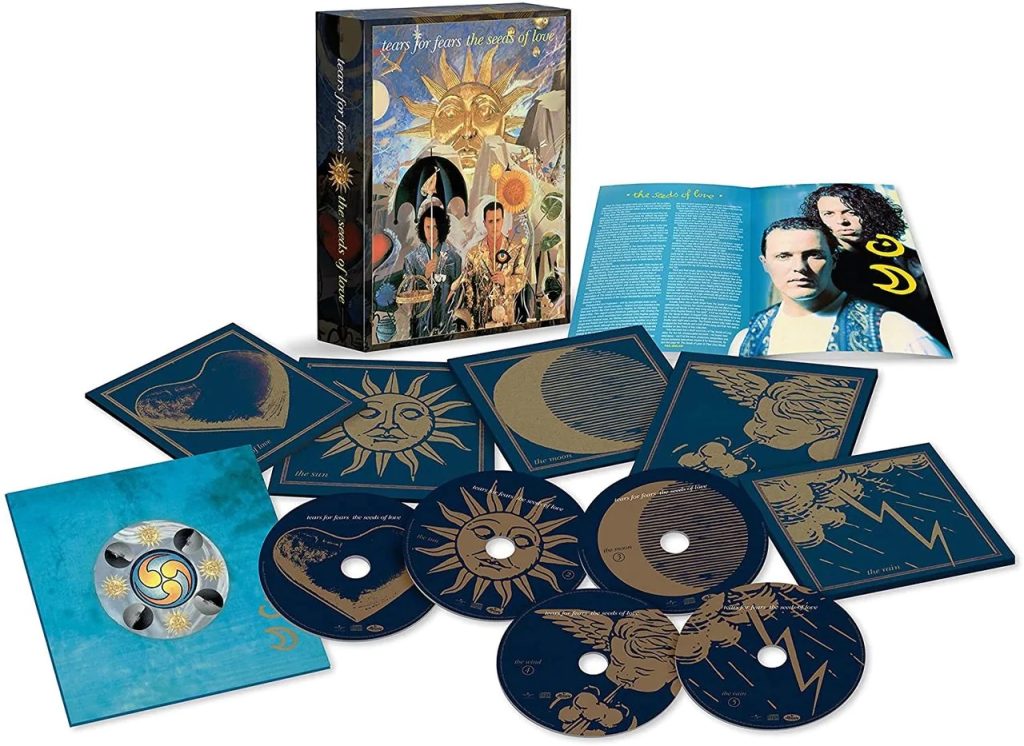
One of the issues I had with The Seeds Of Love, which was recorded in the second half of the ‘80s, is that some of the things that were part of the track were running live from timecode. I’ll get the multitrack tape thirty years later, and notice some of the sequencer parts are missing. The engineer, Dave Bascombe, would tell me that they ran it live at the final mix. So there are things on that album I had to completely recreate, which gets into the realm of being a bit more revisionist than I would like to be.
I felt a bit uncomfortable about recreating some of the drum machine sounds on a track called “Swords & Knives,” because you can hear the difference. I was very honest about it in the liner notes that came with the deluxe edition, because it’s better to have a surround mix with a few faked bits versus not doing it all.
The biggest problem with the ‘60s is more the reduction side of things. When recording on just four or eight tracks, they’d have to combine drums, bass and rhythm guitar onto a single mono track. I had some of that with the really early Jethro Tull albums. The first one was recorded on four-track. So how do you create a surround mix when you've only got four channels of audio? It's a challenge for the opposite reason.
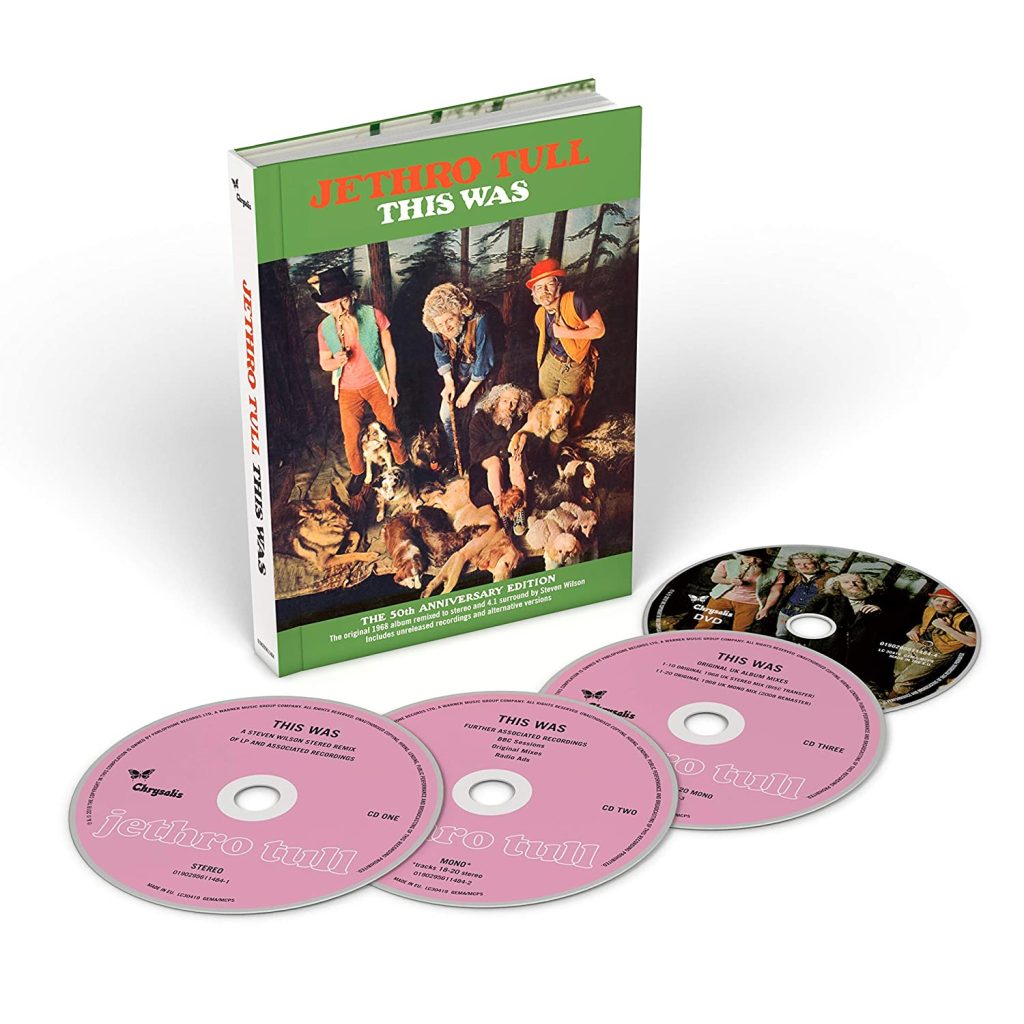
When it comes to mixing brand-new albums such as Tears For Fears’ The Tipping Point and Def Leppard’s Diamond Star Halos in 5.1 or Atmos, I assume you’re able to bypass the step of recreating the stereo mix. Is it really as simple as receiving a DAW session file and then placing the elements in the surround field?
With Def Leppard, it absolutely was. I could literally open up their session, and the stereo mix was right there. It was pretty straightforward.

Tears For Fears was a bit more complex, as is often the case. [laughs] I did have to recreate a couple of the mixes from scratch because they couldn’t send me their sessions. I work in Logic rather than Pro-Tools. Roland [Orzabal] also uses Logic, so for the songs he had mixed I was sent sessions. For the remaining songs mixed by other guys like Tim Palmer and Charlton Pettis, I got a lot more raw data.
Since it was a new record, I felt I had license to do things a bit differently. There was a track called “End Of Night” that I felt was too cluttered. So I took a few things out, and Roland agreed that the original mix was a bit congested. I figured if he felt that way, then I’m going to be a bit more revisionist. I replaced some of the reverbs with spring reverbs, to try and get the track a bit more organic-sounding. I was definitely more bold with that project, in a way I wouldn’t have been if this was a song that's been out there for years already.

One thing that’s fascinating to me about Dolby Atmos is the concept of making a single mix that will effectively translate to various types of home theater setups, and even binaural over headphones. When you mix in Atmos, do you check how the binaural render sounds?
I’ve been doing Atmos mixes for a little over two years now, and I have to say, there’s an incredible learning curve. Mixing in 5.1 was simple in comparison. There's so much more to think about now. You’ve highlighted one of the most significant things there, which is that you have to make your mix work for not just one binaural algorithm but two! As you may know, Apple has their own “spatial audio” algorithm.
Every time I do a mix, I’ll listen to it in binaural through the Dolby Renderer and also load it on my iPhone to listen through a pair of Airpods Max.
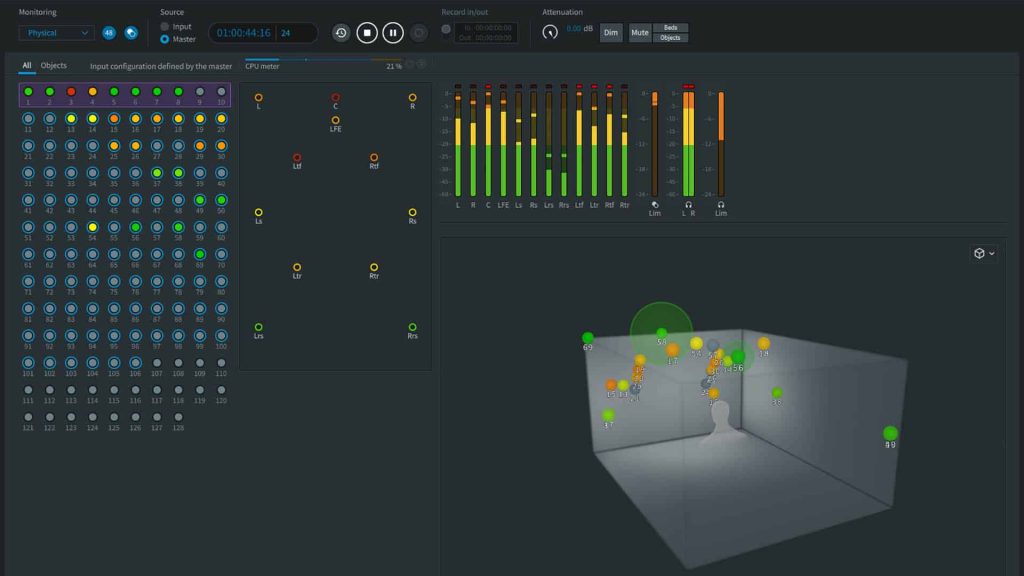
It is a bit of a surprise when you hear stuff sometimes. One thing I found out the hard way is the effect that the object size parameter has on binaural. This is something you never had to worry about in 5.1, being able to change the size of an object so it bleeds out into the surrounding speakers.
That is a complete disaster through the spatial audio algorithms. [laughs] It just makes that thing twice as loud. Now, nobody told me that, so I started doing mixes and wondering why the lead vocal is ridiculously loud.
I've stopped using the object size parameter since, but it could be a really interesting and potentially useful feature when working in 7.1.4, which is what my studio is. It makes the objects sound a bit less cut off from the rest of the mix.
The simple answer to your question is yes, you have to check the binaural render. For better or for worse, that’s the way 99% of listeners are going to hear the mix.
I’ve seen comments online arguing that tailoring the Atmos mix for binaural playback could negatively affect the results over speakers, perhaps yielding a less adventurous or aggressive use of the extra speakers.
That’s certainly not my experience. In fact, I think the opposite may be true: you need to be even more aggressive and creative to make it count spatially in binaural. If you do a conservative mix in Atmos, it’ll just sound like stereo in binaural. If you move things really discreetly to the sides or above, then at least you get a little bit more of that impression in binaural.
I love those moments where you get people in the room to listen and just see their jaws drop. Especially the artists, hearing their music moving around and above them. I don’t understand the appeal of doing a boring front-loaded mix. What’s the point?
When I started doing this about 12 years ago now, the only references I had were Elliot Scheiner’s 5.1 mixes of Porcupine Tree’s In Absentia and Deadwing albums. He’d been quite aggressive and creative with how he did those. He’d also been doing The Flaming Lips’ catalog, and those mixes were insane with the whole band moving around. So I kind of learned from someone who was very bold and creative with it, and decided to carry that on.
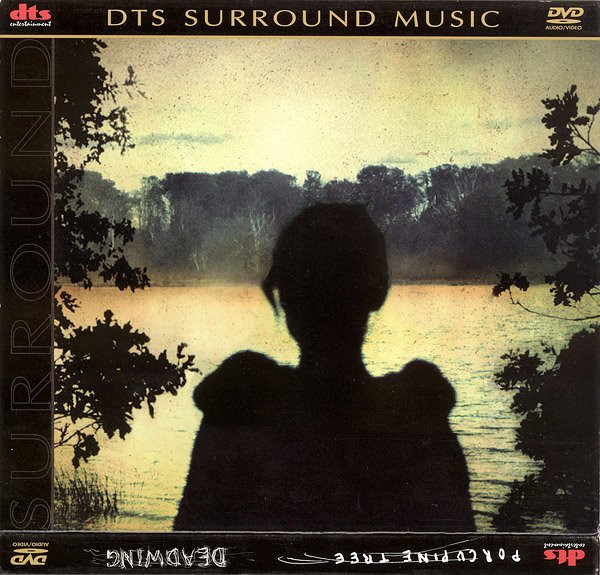
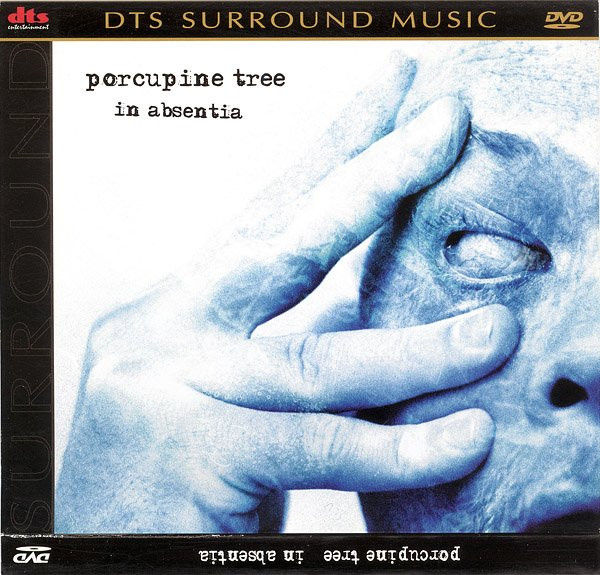
With the introduction of Apple’s “Spatial Audio” in June 2021, it seems like there’s more surround content out there than ever. How do you feel about the concept of surround streaming? Going forward, would you say most of your Atmos mixes will be released only on streaming platforms rather than physical disc?
It’s an interesting conversation, because in this last year since Apple embraced Atmos, all my work went from 5.1 to Atmos almost overnight. No one is asking for 5.1 anymore, but I usually do one anyway. If there’s going to be a physical Blu-Ray, I’ll ask to have it included because some people still want that. Physical product has definitely become less a part of the equation as well.
You’re probably aware of a guy called Paul Sinclair, who runs a website called SuperDeluxeEdition.com. With me egging him on, he’s started to take advantage of the fact a lot of the record companies are commissioning Atmos mixes solely for streaming. For The Tipping Point, he’s licensed the rights to do a physical edition. I can tell you that he’s having a lot of conversations with the labels, some of them relating to mixes I’ve done. We’re hoping that it’ll become a trend for more boutique places to do what Paul’s doing, license some of these mixes and do a short run of just 2-3000 Blu-Rays.

I’m excited about this as a possible way forward, because it’s been depressing to see my mixes randomly pop up on the streaming platforms with little fanfare. My Atmos mix of A-Ha’s "Take On Me" appeared last week, but it’s buried in some ‘80s playlist. I have a massive ego, and want people to know I did this mix. [laughs] I’m really pleased with how that one came out, and it's a shame that there isn't a physical version of it.
So I'm definitely less enthused about the whole streaming world. That being said, the pragmatic side of me also acknowledges that this is how Atmos will survive. If it’s going to survive, it will be because of streaming and spatial audio. 5.1 and quad didn’t make it because you had to buy extra speakers and DVDs or Blu-Rays.
The difference in sound quality between Dolby Digital Plus/JOC Atmos on Apple Music and Dolby TrueHD Atmos on Blu-Ray is not subtle. You can hear MP3-like artifacts in the rear and height speakers. There must be quite a bit of data compression required to fit 12 discrete channels of audio into a streamable file.
Yeah, it's an MP4. You’re essentially looking at a 2 GB Atmos file reduced to about 50 MB. I’m hoping they’ll be able to increase the file size over time, as home internet speeds improve.
It’d be great if SDE could do a Blu-Ray of Def Leppard’s Diamond Star Halos. The Atmos mix sounds fantastic even on Apple Music.
I really hope so. There are so many I’ve done – many of which haven’t even come out on streaming yet – that I’m talking to Paul about. Apart from my own projects, I’ve been mixing almost nonstop. COVID slowed everything down, including some really big records. It wouldn’t be the same if there weren’t physical editions.
You mentioned A-Ha’s “Take On Me.” Did you mix the entire Hunting High and Low (1985) album in Atmos, or just that one single?
Well, that's an interesting question. Who knows? [smiles]
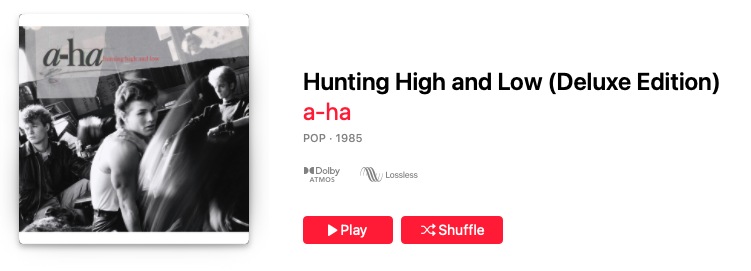
Quite a bit of the new immersive streaming content comes in the form of singles, both old and new. It’s an interesting conundrum, because there was a period of relatively few new surround music releases in the early 2010s and now it’s like there’s an overload. Nearly every notable artist today has something out there in Atmos.
Yeah, which is incredible. That's the influence of a company like Apple. There’s plenty of things we should be angry at them for, but Atmos just exploded when they embraced it last year. I think a lot of the record companies looked at what their most popular songs on the streaming services were, “Take On Me” being a prime example, and ordered Atmos mixes.
If somebody asked me to do just one song, my first question would be why not do the entire album? I think you might want it eventually. I’ve done a few singles, but it’s just not as satisfying. I’m all about the albums.
XTC fans including myself were disheartened to learn that there are difficulties gathering all the source elements for your upcoming remix of Apple Venus (1999). Can you say if there has been any progress on this front?
No, I'm afraid it's not going to happen. There’s too much missing. I know Andy [Partridge] said it was gonna be the next one, but that was before I got all the multitracks and realized all the vocals were missing. A lot of the orchestration was missing too. It would have been an extremely unsatisfactory incomplete mix, I'm afraid.

Ian Anderson recently announced that you’d remixed Jethro Tull’s Broadsword & The Beast (1982) in stereo & 5.1 for an upcoming deluxe edition. Do you believe this is your final remix for the Tull reissue series, or are there plans to rework Under Wraps (1984) and Crest Of A Knave (1987)?
Yeah, I did it a long time ago. I think at the beginning of lockdown? It’s the last one I’m doing for Tull and it’s massive. There’s something like 35 tracks in 5.1.
It’s one of the few projects I’ve done lately that’s exclusively 5.1, because the series has been on DVD since the beginning. I could go back and do everything in Atmos, but my role in the project is kind of finished for now.
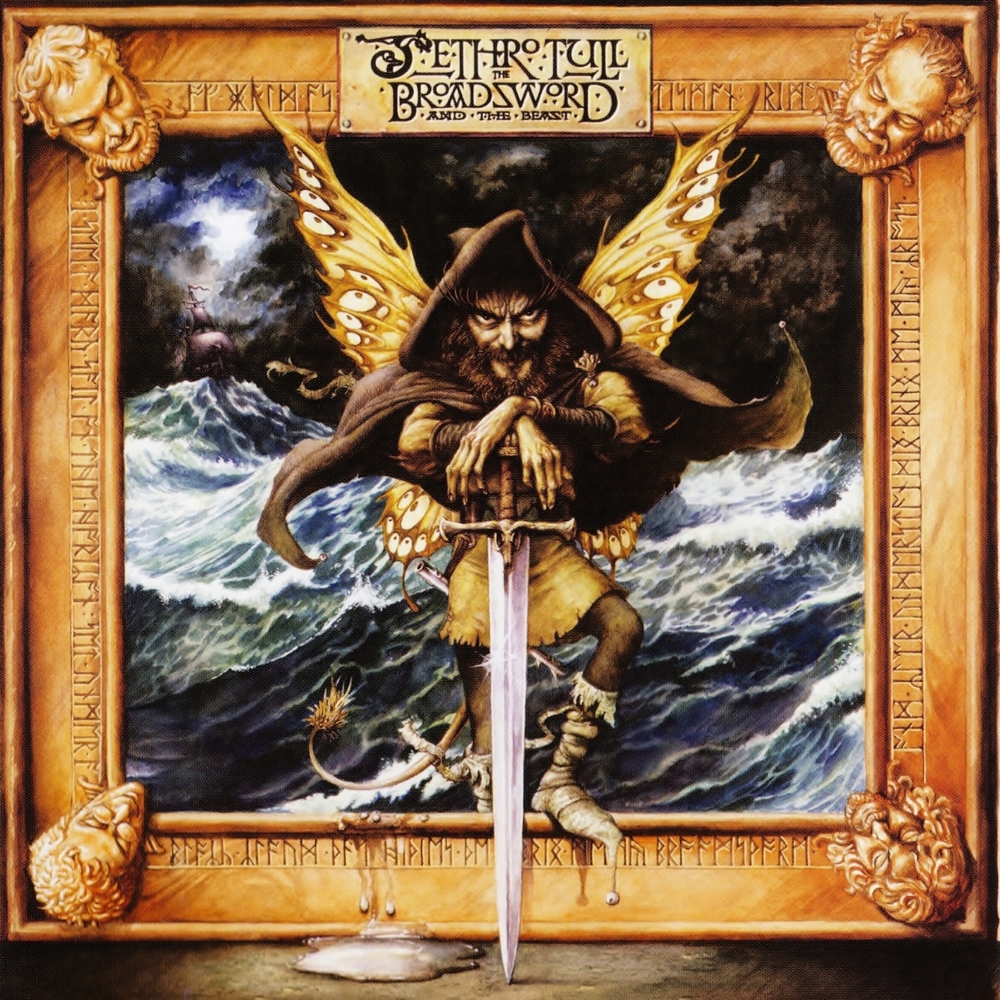
35 tracks!
It’s insane. I’ve never met anyone like Ian before in my life. They were recording on-and-off for about 18 months. There’s the ten album tracks and then 25 additional songs, hardly any of which are alternate arrangements of the album tracks. He wrote and recorded at least 30 different songs in that period. Absolutely nuts.
One of my favorite reissues you were involved in lately was Ultravox’s Vienna (1980). Though it hasn’t technically been announced by Chrysalis yet, nearly all the online retailers list a similar deluxe edition for Rage In Eden (1981) that’s supposed to ship in September. I noticed that the tracklist for the remix album is different, with the hit singles “The Voice'' and “I Remember (Death In The Afternoon)” omitted. Are the multitrack tapes missing for those songs?
Yes. Sadly, it tends to be the bigger songs that go missing. What used to happen is that bands would have a single out and be doing TV shows. Sometimes the TV show would demand an exclusive backing track of the single, so the master tape would be sent off to a recording studio for this TV appearance. For whatever reason, it’d never make its way back to the archive.
We’ve had that happen with a few projects, mostly notably XTC’s English Settlement (1982). “Senses Working Overtime” is missing, likely because the multitrack tape was sent over to Top Of The Pops or whatever.
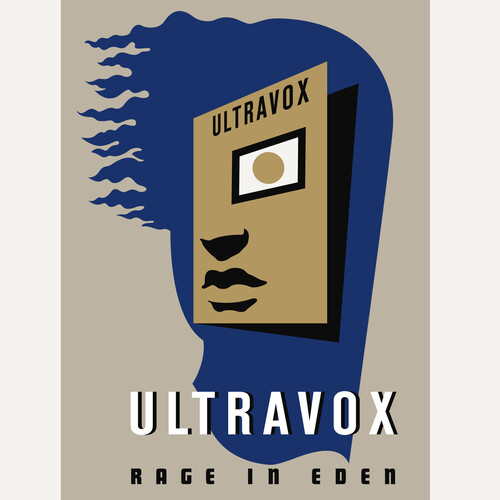
Pete Townshend recently announced that the upcoming deluxe reissue of Who’s Next (1971) will include a Dolby Atmos remix of the album. Can you say if this is a project you’re involved in?
It’s not a well-kept secret at this point, because Jon Astley posted an image of himself in the studio on Facebook with the caption “listening to Steven Wilson’s Atmos mixes.” That was obviously a really exciting one to do.
I know Pete mentioned that he had to re-record some elements on the album due to missing multitrack tapes. Was it difficult to integrate the modern overdubs with the ‘70s-era session recordings?
There's one song that was missing altogether, “Bargain,” which is an upmix. Then, with “The Song Is Over,” one of the slave reels with the synthesizer parts and vocals was missing. We were able to extract the vocals using software, and Pete re-recorded all the ARP 2600 parts phenomenally well. I’m hard to impress with these things, but he did it in a way I think the fans will be extremely pleased with. Of course, the alternative would be just to not mix it.
For that project, there’s a 5.1 mix and an Atmos mix of the original album plus 14 bonus tracks. So all the songs that were recorded from 1970-1972, for which multitrack tapes still exist, have been remixed in 5.1 & Atmos. It's big, essentially like a full document of that whole era of The Who.
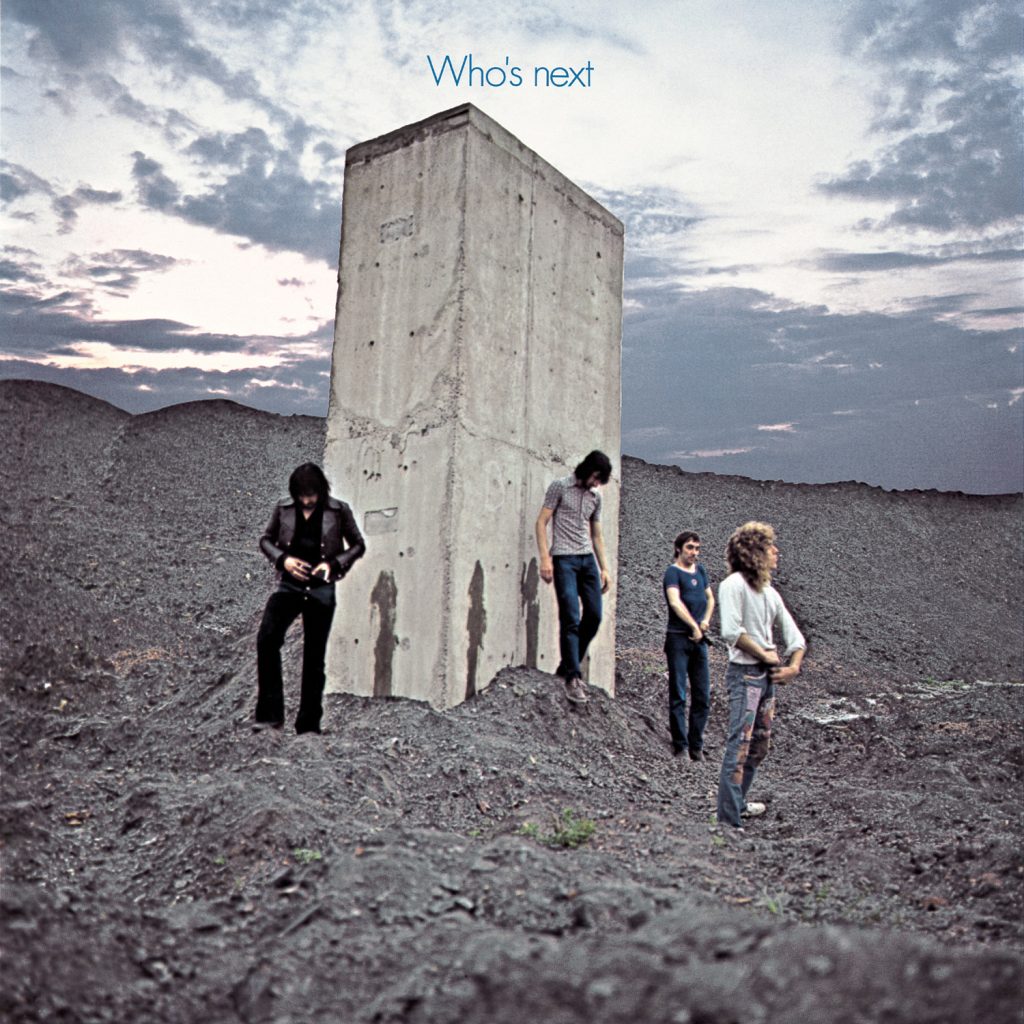
For Gentle Giant, I understand you’ve remixed 1976’s Interview and 1977’s The Missing Piece?
Yeah, Interview is all done in 5.1 & Atmos. For The Missing Piece, I’ve finished the stereo remix and the band is happy with it. I just haven’t loaded it up and done the surround mixes yet. I’ll often work quite intensely on perfecting the stereo mixes over an extended period of time, then park the project for a few months before moving on to the surround.
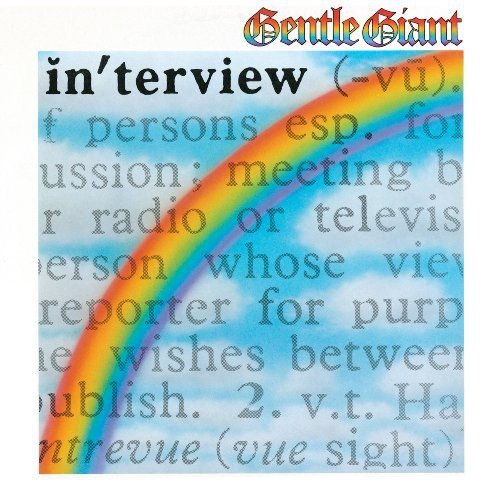
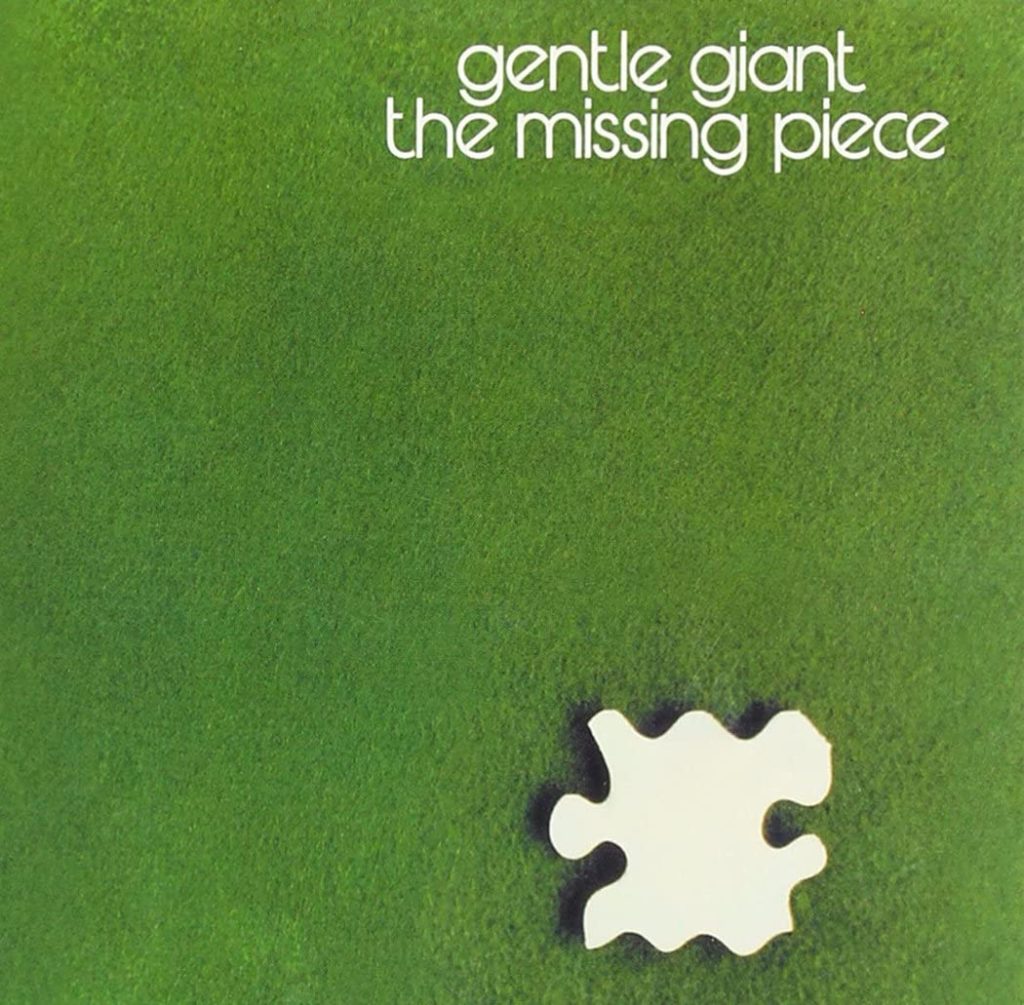
Are the multitrack tapes for In A Glass House (1973) truly lost forever?
I believe so. They've never been sent to me, so I'm guessing that means that they are missing.
You recently revealed that a tenth anniversary reissue of Storm Corrosion (2012) is coming later this year, complete with a new Atmos mix.
Yeah, that sounds amazing in Atmos. There’s no drums, so you're not tied to the idea of a traditional rock rhythm section. It’s all about the texture and atmosphere, which works really well in immersive audio. I’m really proud of that one, and I’m hopeful it’ll be considered a demonstration-quality album for people with Atmos systems.
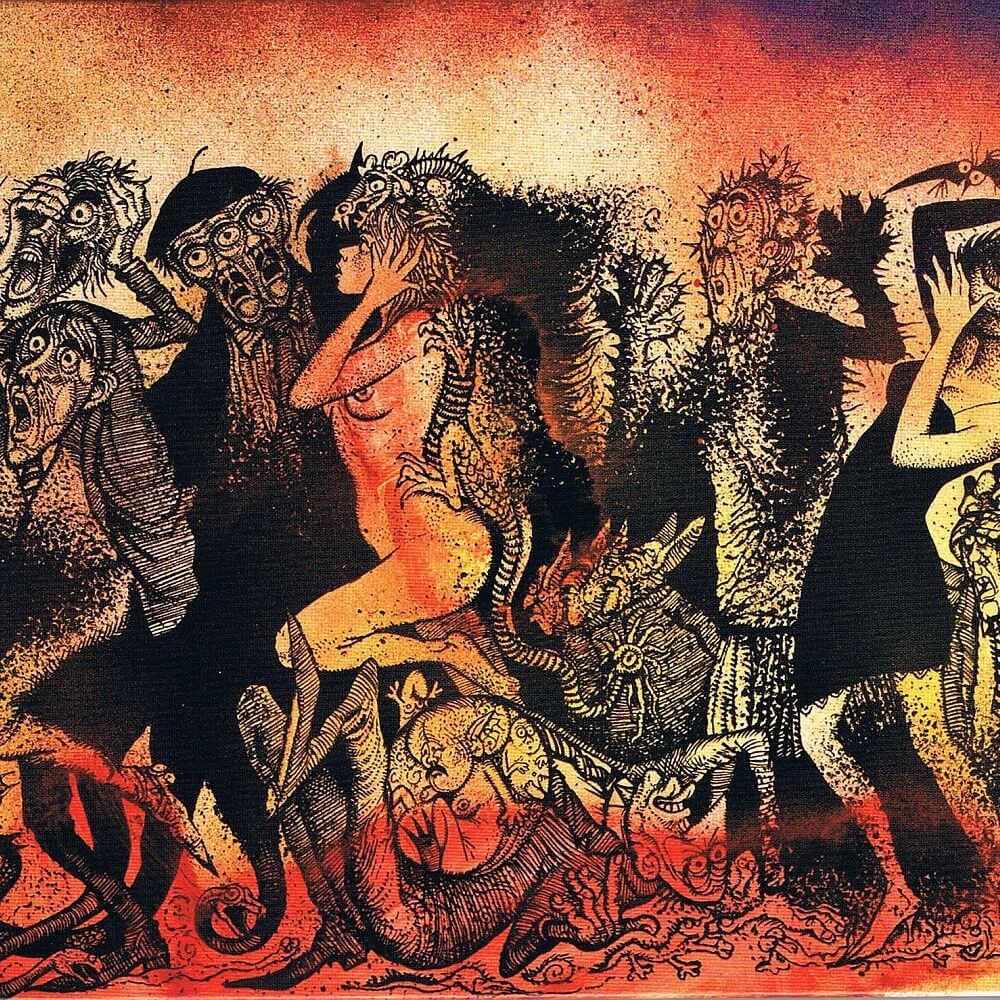
Do you plan to revisit more of your past music in Atmos, even where 5.1 mixes are extant?
I don't think so. Storm Corrosion was an exception, because I was very enthusiastic about the idea of what I could do with that in Atmos.
The record company was asking me about doing some of the older Porcupine Tree albums in Atmos. I don't think it’ll happen, but I may go back and do Hand Cannot Erase. I think that would work really well.
I’m at the point in my career where I could spend the rest of my life curating my own back catalog. Like a lot of musicians, I’m more enthused about what I’m doing now versus 5-10 years ago. There are exceptions, but I would say it's unlikely that I would go back and revisit much of my back catalog in Atmos. I'm much more interested in revisiting other artists' back catalogs, you know?
I’m not sure if you have the time or inclination to pursue this, but I think it’d be great to collect all those extra songs from your solo career (“Home In Negative” from the Grace For Drowning period, “A Door Marked Summer” from the To The Bone sessions, “Anyone But Me” from The Future Bites, etc) in a 5.1/Atmos compilation.
That's an interesting idea. Can I have that idea? [laughs] It never occurred to me. It would be interesting to take all those songs that were never presented in surround before. I’ll definitely give that some thought.
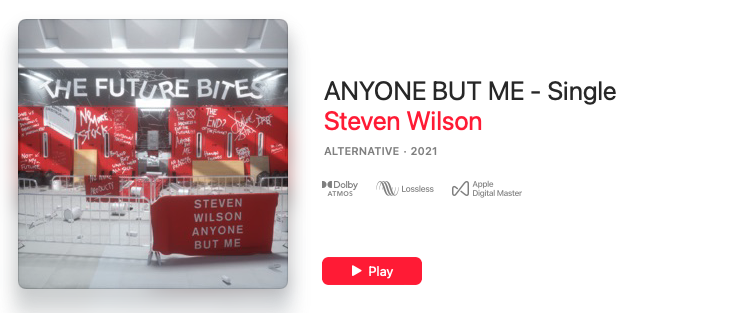
You’ve remixed three albums for Tears For Fears thus far. 2023 marks the 30th anniversary of Elemental (1993) and the 40th anniversary of The Hurting (1983). Have there been discussions about you remixing either album in 5.1 and Atmos?
Yeah, I saw the guys last night when they played in London and it did come up. There are albums that I think are already planned for deluxe editions which haven’t come out yet, but we might be able to squeeze Atmos mixes in there. There’s also the two albums that I’ve already done 5.1 mixes for, Songs From The Big Chair and The Seeds Of Love, and it would be great to revisit those in Atmos.
Between you and me (and your readers), I’ve actually already done one of those two in Atmos. So yes, there have definitely been conversations about the idea of me doing The Hurting, Elemental, and Everybody Loves A Happy Ending. They’re one of my favorite bands, period, so I’m always up for these projects.
Finally, for a new listener who’s unfamiliar with your body of work, is there a particular point-of-entry you’d recommend?
It's a really hard question to answer, because you have to take the person’s musical taste into account. If they like heavy conceptual rock music, I would recommend Hand Cannot Erase. If they liked more electronic pop-oriented music, I would say go and check out The Future Bites. If they like really weird shit, I’d say listen to Storm Corrosion. [laughs]
There are definitely certain albums I’m more proud of than others. The solo record I’m working on now might be the best thing I’ve ever done, but I say that every time. [laughs]

